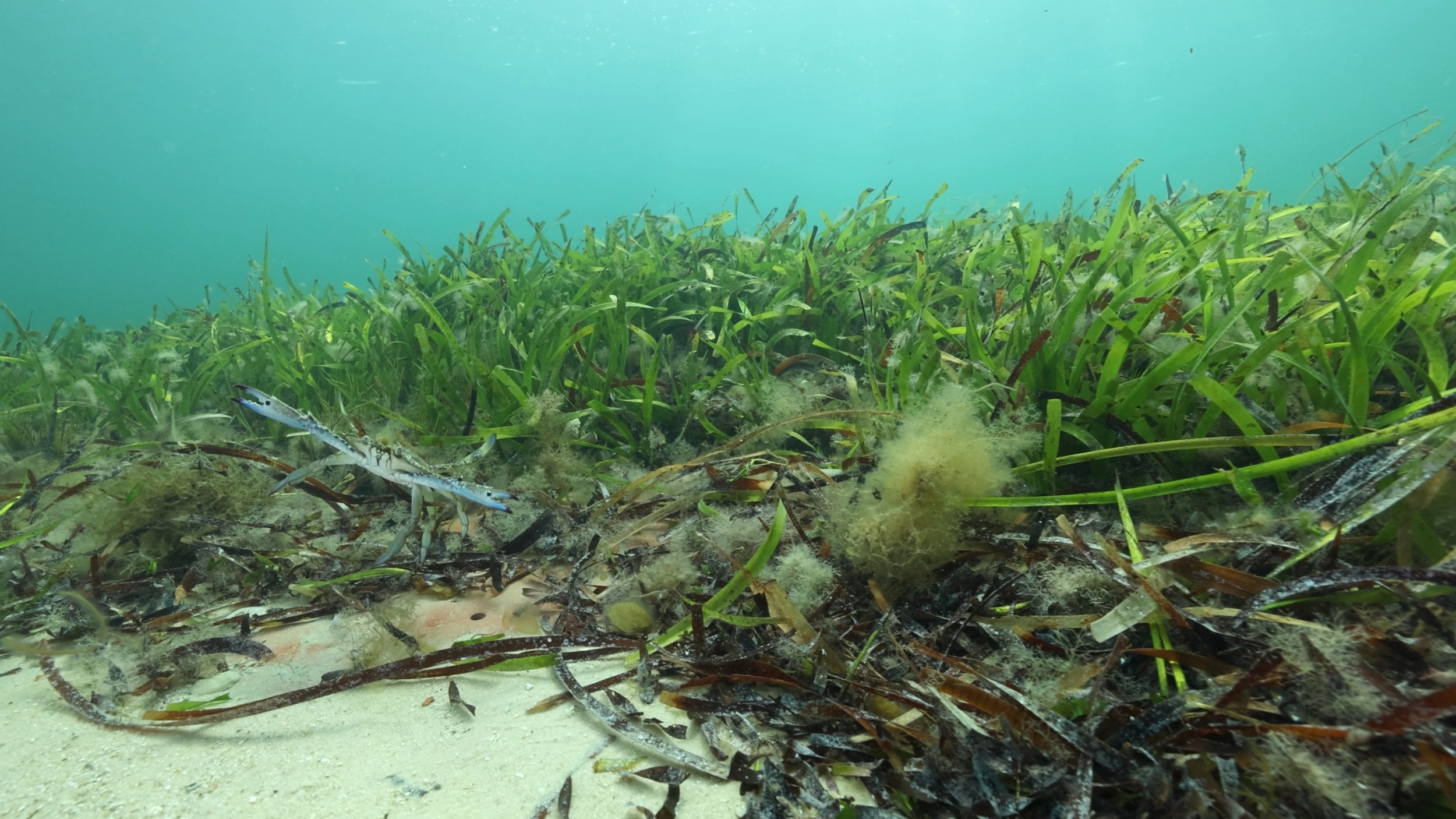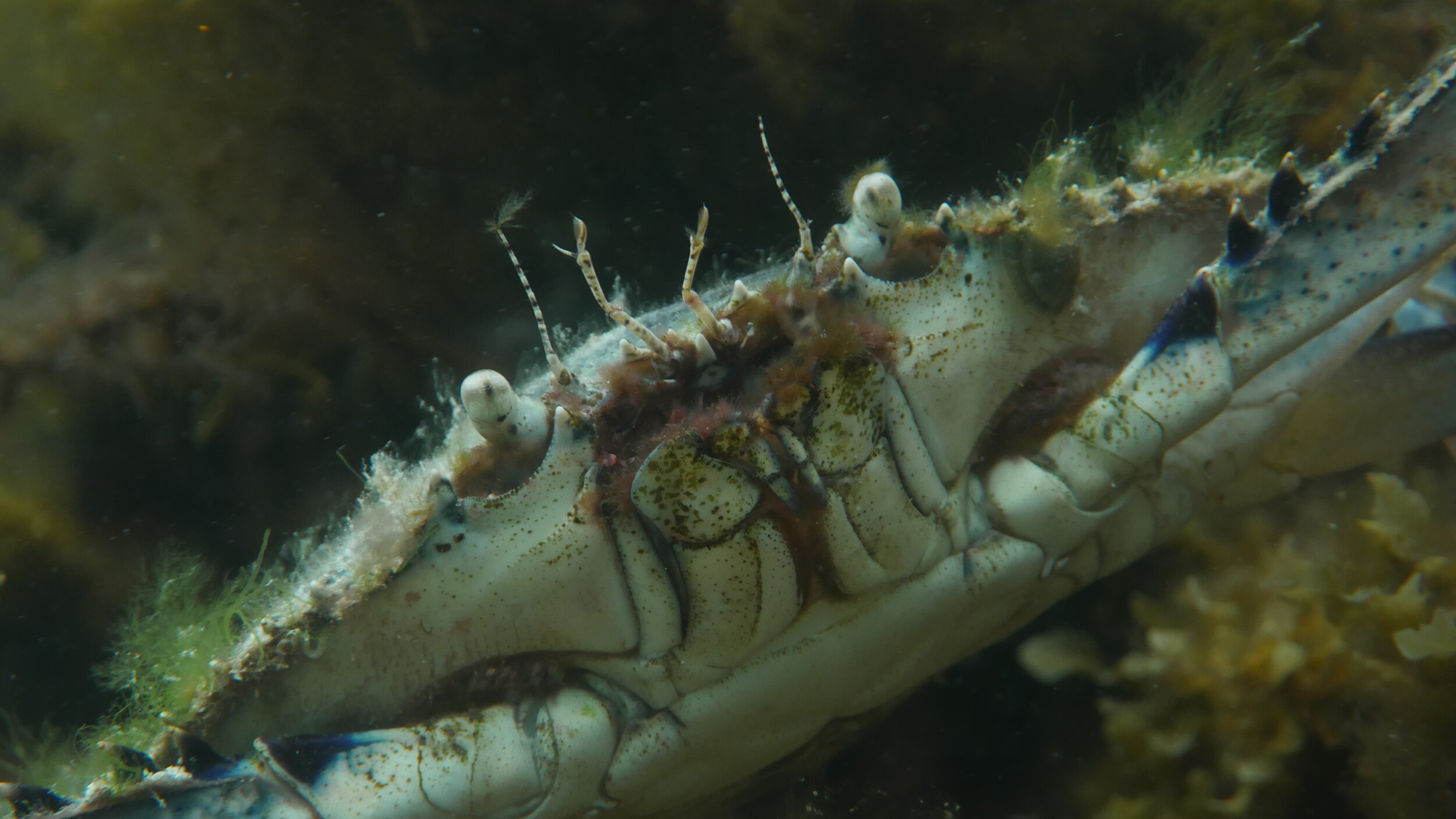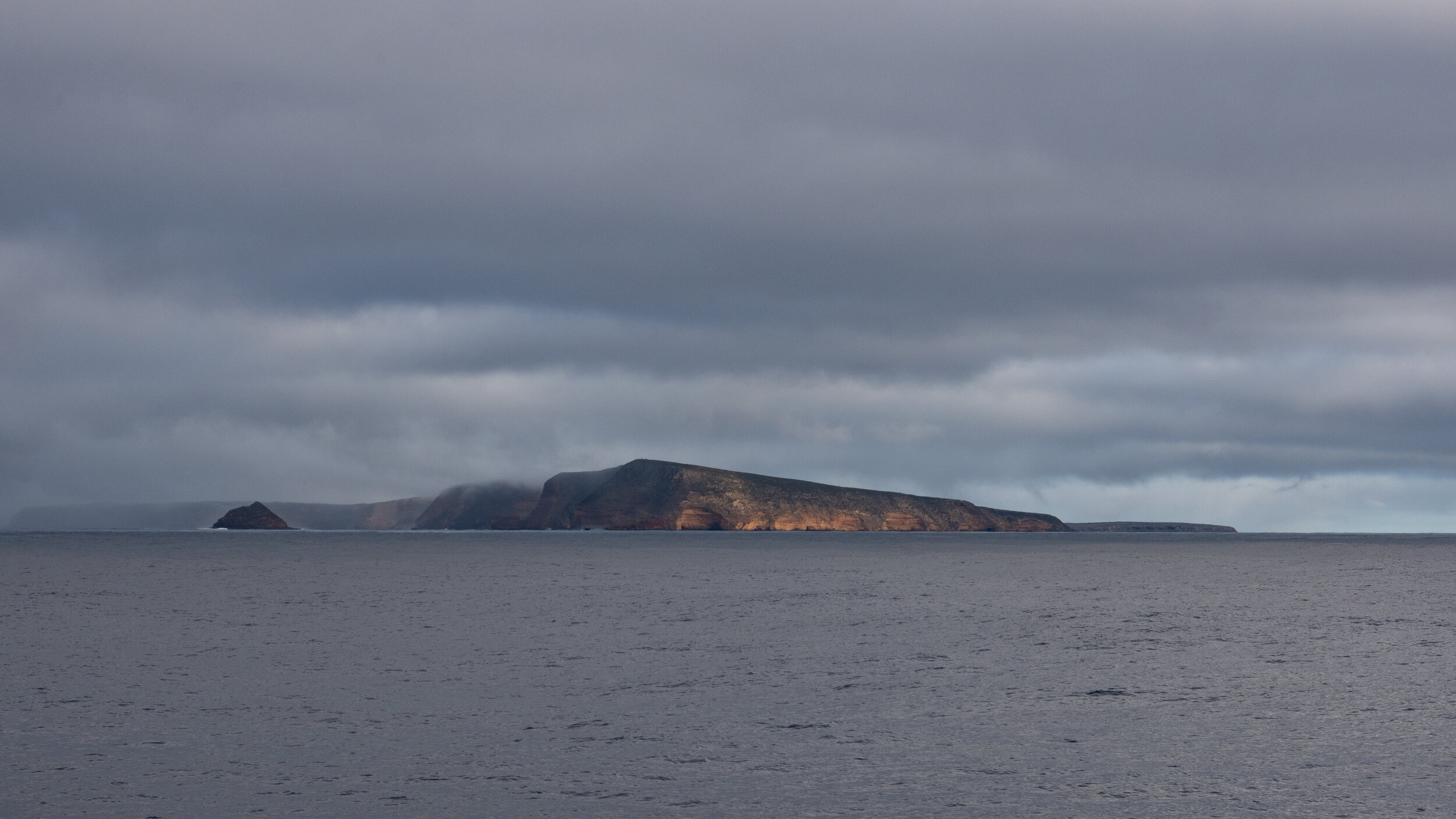blue swimmer crab
Big blue boys
Blue swimmer crabs (Portunus armatus) can be found right across Australia and are often spotted around seagrass meadows and shallow sandy inshore waters. These crabs are sometimes called ‘blue manna’. They can grow to have a carapace up to 25 centimetres wide and a claw span up to 80 centimetres.
Summer spawners
In the colder temperate waters of the Great Southern Reef, the life cycle of blue swimmer crabs have evolved to increase growth and reproduction during the summer when water temperatures increase to those similar in tropical regions.
There are seasonal patterns of adult crab movements into shallow inshore waters during the water months of September to April and to deeper offshore waters during the colder months of May to August. In the ocean, big females mostly spawn in late spring and early summer. Estuarine crabs tend to spawn later in summer, having moved to the sea or the estuary mouth during the winter rains.
After a short larval period, juvenile blue crabs settle in inshore areas over the summer months and occur in mangrove creeks and mud flats for eight to twelve months, by which time they grow up to around 10cm and become sexually mature. These crabs are short lived (up to 3 years), fast growing and excellent reproducers.
Spot the difference
An avid hunter and scavenger, blue swimmer crabs come out at night to feed on small fish, molluscs and other small crustaceans. During the day, they typically hide beneath the sand with only their eyes popping out watching for potential prey to pass by.
Male blue swimmer crabs, sometimes called ‘blueys’, are bigger and more colourful than the females, with a dark-blue carapace, pale belly and rich blue on their legs and claws. Females crabs are a muddy brown colour. Males also have longer claws in proportion to their carapace than females.
Crabstroke
Blue swimmer crabs belong to the Portunidae family, which also includes other large, edible crabs found in Australia such as mud crabs. In addition to their bright blue and purplish hue, blue swimmer crabs can be distinguished from other crabs by the 9 spikes lining their carapace on either side of their eyes. Designed for swimming, blue swimmer crabs have flat, disc-shaped hind legs that are used as paddles and large, strong claws that grow up to 80 cm in length.
Catch and carry
Blue swimmer crabs typically mate in autumn once the males have moulted. Once their shell has hardened they will catch a female and carry her underneath his carapace for anywhere from four to 10 days fending off other males. Once she moults, and is still in her soft shell he turns her over to mate. When the female is ready to spawn she can produce a huge amount of eggs – between 180,000 and two million, and could potentially spawn more than once in a season. The success of the crabs’ life cycle is highly dependent on their habitat as larvae and juveniles as they use the protected environments of estuaries for growth and development.
Hunted by humans
Though the blue swimmer crab is predated on by fish, cephalopods as well as birds, their biggest threat is humans.
Undeniably, the blue swimmer crab is also a dinner table favourite. Due to their popularity as a seafood in Australia these crabs are caught in large amounts by both commercial and recreational fishers and are important to the country’s economy. Protective measures to maintain the sustainability of the species’ population include area and seasonal crabbing closures, legal size limits, gear restrictions, and bag and boat limits. In addition to these management methods, researchers also consistently monitor and analyse the blue swimmer crabs and compare information to draw information about the state of the species.
Fast Facts:
Species: Portunus armatus
Family: Portunidae (swimming crabs)
Order: Decapoda (decapod)
Feeding: Small fish, molluscs and other small crustaceans
Habitat: Shallow sandy, muddy seagrass meadows in estuaries, bays and offshore
Distribution: Australia, Indo-Pacific, East Africa and Japan.
Special Power: Vice like grip










